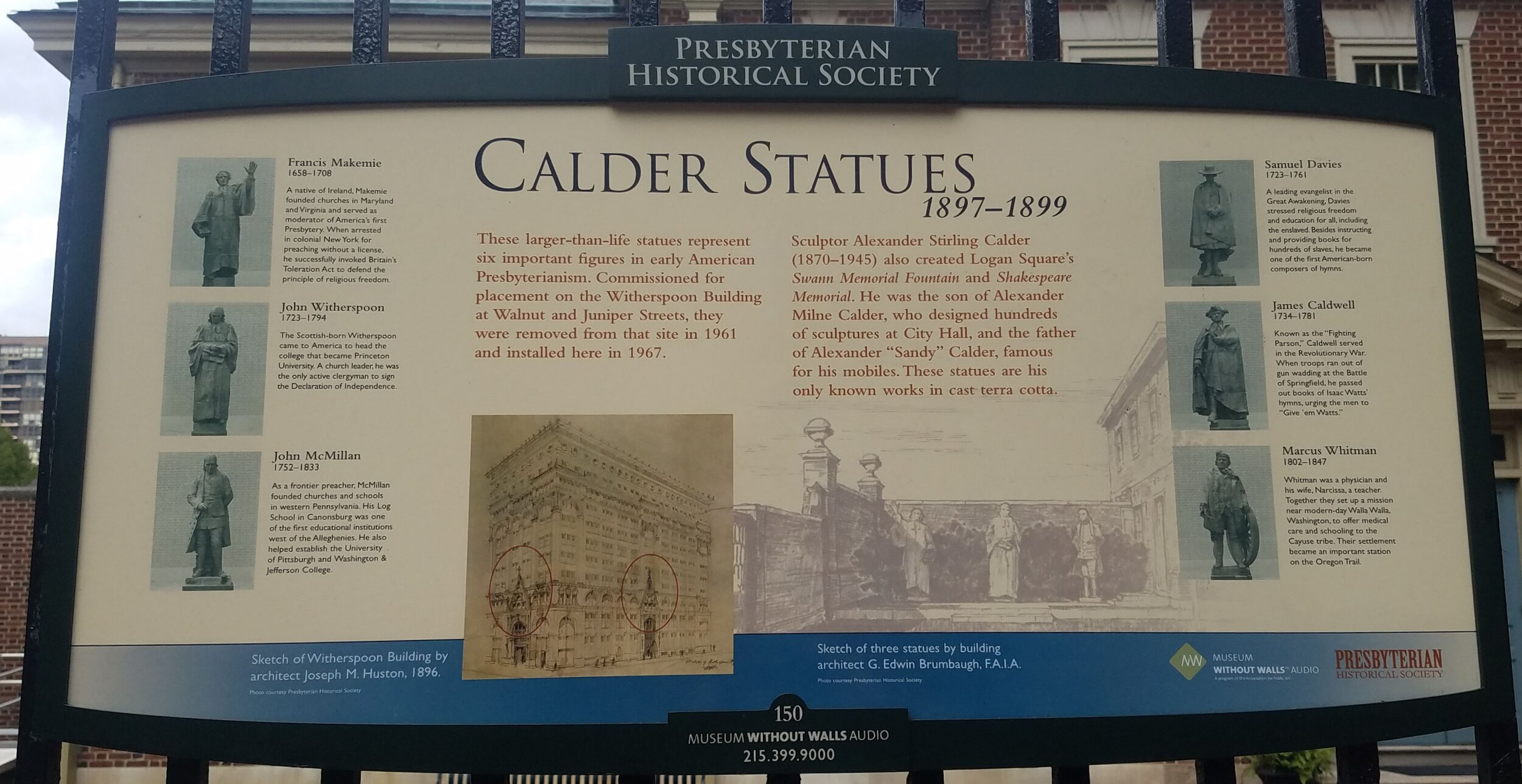(Receive our blog posts in your email by clicking here. If the author links in this post are broken, please visit our Free PDF Library and click on the author’s page directly.)
Note from the Publisher: Hopefully you noticed the lack of blog posts the past two weeks - we were hit with a Mailchimp hack that suspended our account and deleted most of our subscriber base. We are back online, and hope to regain subscribers in the weeks to come (please help by spreading the word that folks need to resubscribe here!). While we’ve been offline, Andrew has been preparing several new blog posts, and I’ve been working on upcoming publications. We’re excited about how Log College Press is growing (we’re up to 4200+ works by over 750 authors in our free PDF Library), and we look forward to collecting and reprinting even more 18th-19th century American Presbyterian literature in days to come! Thank you for following us, and for spreading the word about our work — Caleb Cangelosi
Photo credit: R. Andrew Myers
Six early American Presbyterian heroes of the faith were sculpted by Alexander Stirling Calder (1870-1945) over a century ago. These sculptures are now located at the garden entrance to the Presbyterian Historical Society in Philadelphia, Pennsylvania. They stand as a testimony not just to individual men, but to the ideals that they represent. They are described as follows.
Presbyterian Revolutionaries
James Caldwell
Known as the “Fighting Parson,” James Caldwell became a pivotal figure during the Revolutionary War —what some historians have dubbed “The Presbyterian Rebellion.” When Continental troops ran out of gun wadding at the Battle of Springfield, Caldwell passed out Watts Psalm books, exhorting the troops to “Put Watts into them, boys!” The killing of Caldwell’s wife by British forces swayed many in New Jersey to support the Patriot cause.
John Witherspoon
A native of Scotland, John Witherspoon sailed to America in 1768 to become president of the College of New Jersey — today’s Princeton University. A strong supporter of Enlightenment ideals, he viewed the growing centralization of British government in the American colonies as a threat to individual liberties. While a delegate to the Continental Congress, he was one of twelve Presbyterians to sign the Declaration of Independence, and the only active member of the clergy.
Champions of Religious Freedom
Francis Makemie
Francis Makemie served as the first moderator of the first presbytery in America, which met in Philadelphia in 1706. The native of Ireland is also remembered as an early crusader for religious freedom. When the British magistrate Lord Cornbury arrested him in New York for preaching without a license, Makemie invoked the British Tolerance Act of 1689 in his defense. After Makemie’s acquittal, the New York legislature enacted legislation preventing such persecution in the future.
Samuel Davies
Samuel Davies overcame tuberculosis and his outsider status as a Presbyterian minister in predominantly Anglican Virginia to promote religious tolerance and the separation of church and state. A leading figure during the first Great Awakening, Davies preached in favor of educating all of God’s children, insisting that persons of faith must be able to hear and read the word of God. Davies was one of the first ordained ministers to preach directly to slaves and the first American-born hymnist.
Frontier Missionaries
John McMillan
The “Father of Presbyterianism in Western Pennsylvania,” John McMillan was a circuit riding preacher who established mission churches along the frontier. In 1780 he founded The Log School in Canonsburg, Pennsylvania, the first educational institution west of the Alleghenies. McMillan’s efforts on behalf of an educated citizenry saw him play key roles in the founding of other schools, including Washington-Jefferson College and Pittsburgh Academy — today’s University of Pittsburgh.
Marcus Whitman
A medical doctor, Marcus Whitman traveled with his wife Narcissa to Oregon Country in 1835 and there started a school that taught Cayuse Indians to read and write their native language. A later cross-continental trip saw Whitman lead one of the first wagon trains along the Oregon Trail. Whitman College in Walla Walla, Washington, is named for the Whitmans, who were killed in an Indian massacre after a measles epidemic decimated the local Cayuse population.
Pictured are Francis Makemie, John Witherspoon and John McMillan (photo credit: R. Andrew Myers).
Pictured are Samuel Davies, James Caldwell and Marcus Whitman (photo credit: R. Andrew Myers).
The men portrayed in these statues are heroes to us as well. Learn more about their lives and writings at the links above. We appreciate the work of the Presbyterian Historical Society in preserving these sculptures, and the legacy of early American Presbyterianism, as we also do here at Log College Press.




